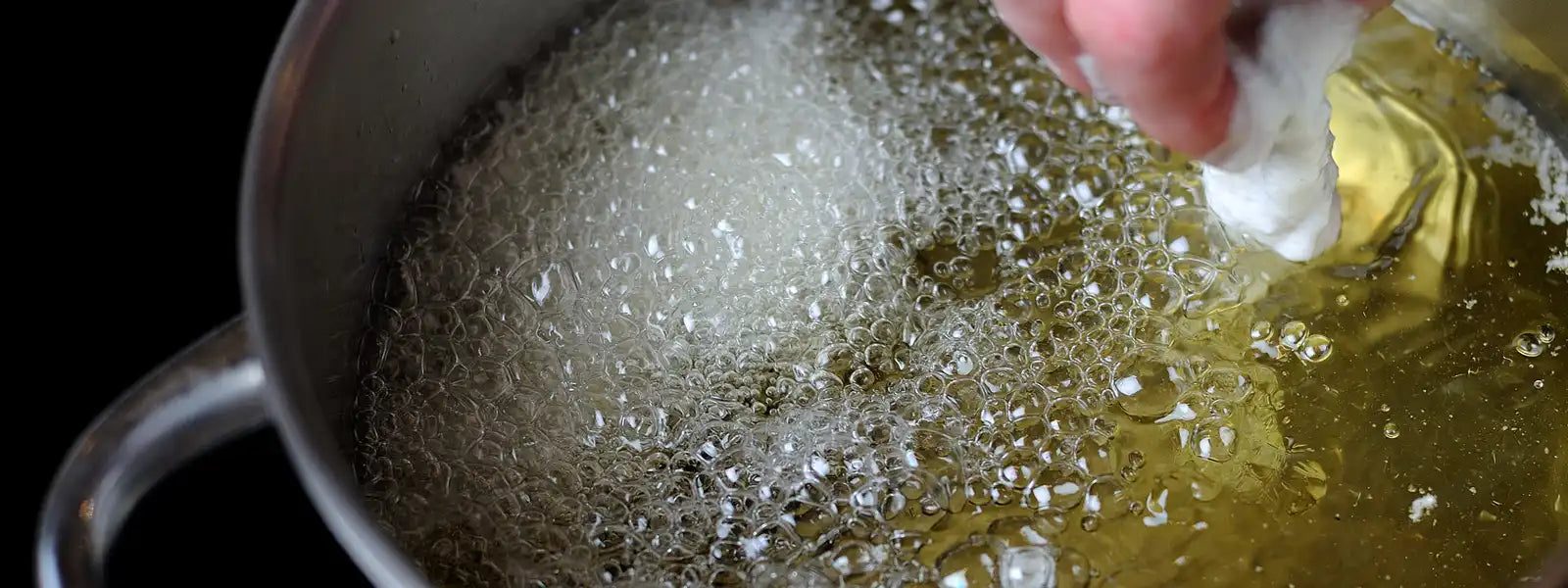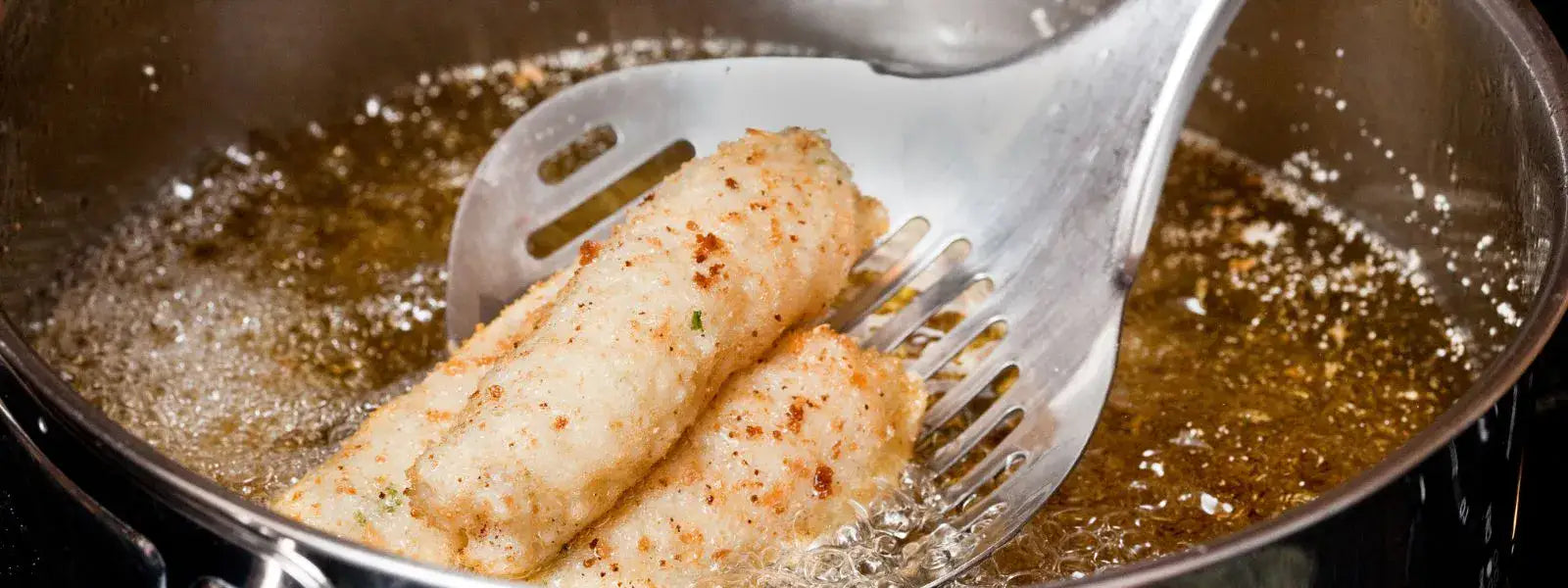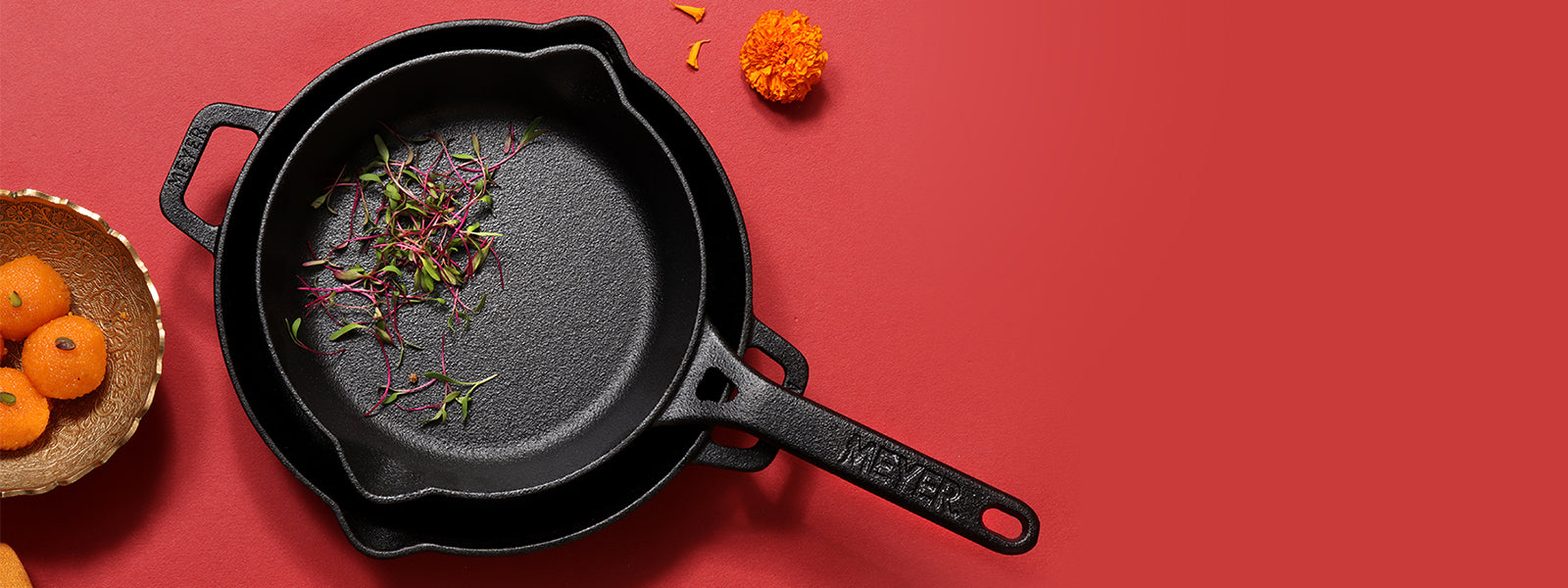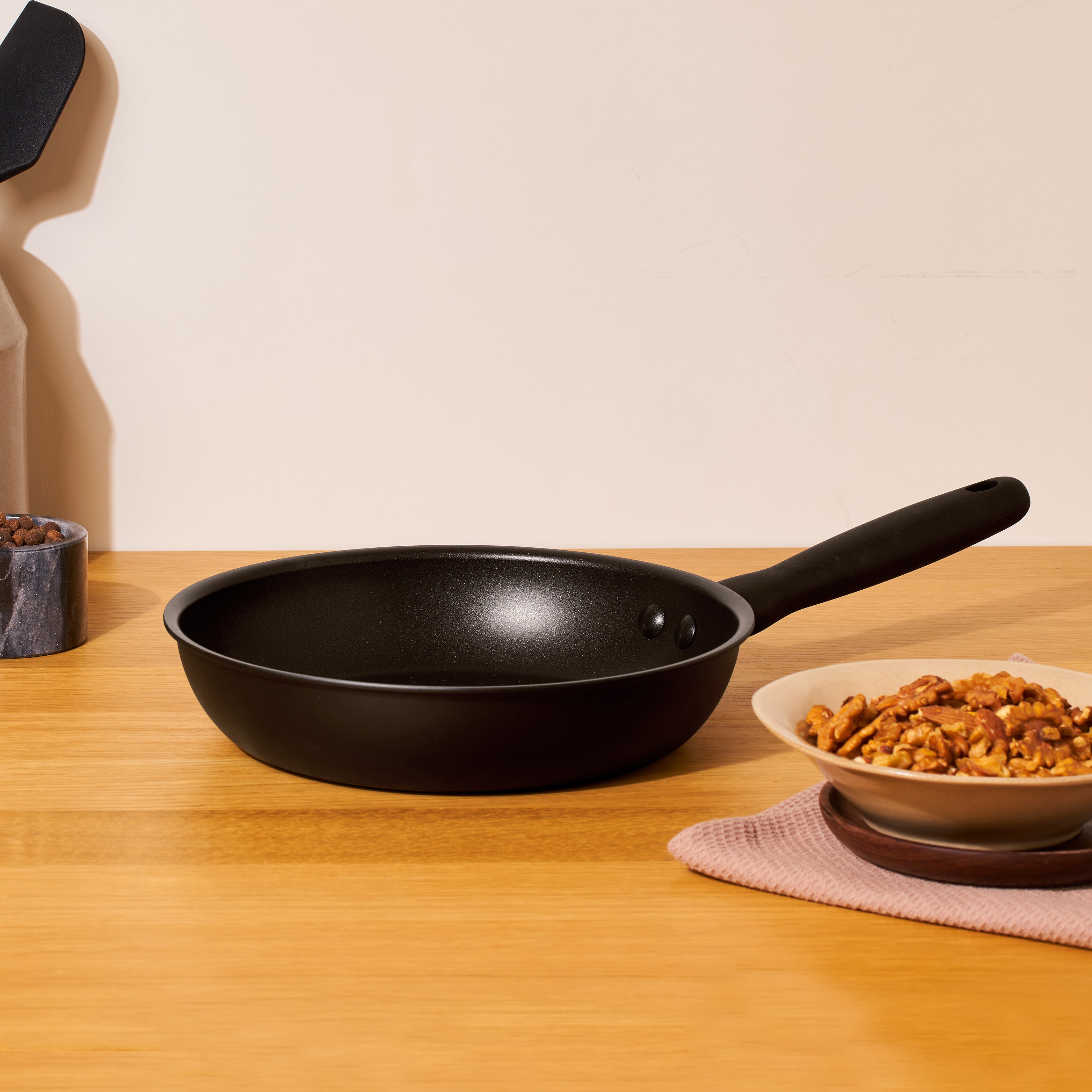Sweet potatoes are often considered a winter staple in many cultures and regions. They are typically harvested in the fall, and their availability peaks during the colder months, making them a popular choice for winter meals and holiday dishes.
During the winter months, people often incorporate sweet potatoes into comforting dishes such as soups, stews, casseroles, and roasted vegetable medleys. Additionally, sweet potatoes are used in holiday meals, particularly during Thanksgiving and Christmas, in recipes like sweet potato casserole, pies, and side dishes, adding both flavor and nutrition to festive menus.
Table of Contents
What Are Sweet Potatoes?
Sweet potatoes are hearty root vegetables that store well in cool, dry conditions, making them ideal for consumption during the winter season when other fresh produce might be less available. Their versatility in culinary applications and rich nutrient content make them a sought-after ingredient for various winter recipes.
Is Sweet Potato Fattening?
Sweet potatoes themselves are not inherently fattening when consumed in moderation and as part of a balanced diet. They are nutritious root vegetables rich in vitamins, minerals, and fiber. However, the manner in which sweet potatoes are prepared and portion sizes can affect their impact on weight.
While sweet potatoes contain carbohydrates, they also offer dietary fiber, which can aid in satiety and regulate blood sugar levels. The way sweet potatoes are cooked or prepared—such as frying or adding high-calorie toppings—can significantly affect their calorie content. For instance, deep-frying sweet potatoes to make fries or chips can increase their calorie and fat content, making them less conducive to weight management.
To include sweet potatoes in a weight-conscious diet, consider healthier cooking methods like baking, boiling, or roasting without excessive added fats or oils. It's also essential to consider portion sizes and the overall balance of your meals to maintain a healthy caloric intake.
Sweet Potatoes: A Nutrient-Rich Winter Staple
Sweet potatoes are regarded as a nutrient-rich winter staple. These root vegetables offer a bounty of essential vitamins, minerals, and antioxidants, making them a valuable addition to winter diets for several reasons:
- Vitamins and Minerals: Sweet potatoes are rich in vitamin A (in the form of beta-carotene), which supports eye health and immune function. They also contain vitamin C, essential for immune support, and other nutrients like potassium and manganese.
- Antioxidants: They are abundant in antioxidants like beta-carotene and anthocyanins, which combat oxidative stress, reduce inflammation, and contribute to overall health.
- Fiber Content: Sweet potatoes provide dietary fiber, promoting digestive health, supporting weight management, and regulating blood sugar levels.
- Versatility and Comfort: Their natural sweetness and adaptability in various recipes make them a comforting and versatile ingredient during the colder months. They are used in soups, stews, roasted dishes, casseroles, and even desserts.
- Availability: Harvested in the fall and thriving in storage through the winter, sweet potatoes are readily available during the colder months, providing a nutrient-dense option when other fresh produce might be limited.
Is Sweet Potato Sweet In Taste?
Yes, sweet potatoes have a natural sweetness to them, which is where they get their name. This sweetness varies depending on the type and cooking method. When cooked, sweet potatoes develop a naturally sweet flavor that ranges from mildly sweet to moderately sweet, especially evident in varieties with orange or purple flesh.
The sweetness in sweet potatoes primarily comes from natural sugars, predominantly sucrose, along with fructose and glucose, which are more concentrated when the potatoes are baked, roasted, or boiled. However, the level of sweetness can vary among different varieties of sweet potatoes. Some varieties have a more intense sweetness, while others might be milder or have nuttier, earthier flavors.
This natural sweetness is one reason why sweet potatoes are enjoyed in both savory and sweet dishes, allowing for versatile culinary applications. Whether used in casseroles, soups, fries, or pies, the inherent sweetness of sweet potatoes adds a pleasant flavor and richness to a variety of recipes.
Difference Between Sweet Potato and Regular Potato:
- Appearance: Sweet potatoes generally have tapered ends, smoother skin, and come in various colors, including orange, purple, white, and yellow. In contrast, regular potatoes often have round or oblong shapes with various skin colors, such as brown, yellow, or red.
- Taste and Texture: Sweet potatoes have a naturally sweet flavor and a moist, creamy texture when cooked. They offer a sweetness that can vary based on the type. Regular potatoes have a more neutral taste and a starchier texture, which can vary from fluffy (like in russet potatoes) to waxy (like in red or white potatoes).
- Nutritional Content: Both types of potatoes offer different nutritional profiles. Sweet potatoes are higher in vitamins A and C, potassium, and fiber compared to regular potatoes. They also contain more sugar and slightly fewer carbohydrates than white potatoes. However, white potatoes are higher in certain minerals like iron and magnesium.
- Cooking Uses: Sweet potatoes are often used in both savory and sweet dishes due to their sweetness and versatility. They are commonly baked, roasted, mashed, or used in pies and desserts. Regular potatoes are used in a wide array of dishes such as mashed potatoes, French fries, soups, stews, and casseroles due to their texture and ability to hold their shape when cooked.










Leave a comment